7 Secrets of Indian Food Spices: From Kitchen Staple to Global Obsession!
Spices are the soul of Indian cuisine — they bring color, aroma, and flavor that can instantly transform a humble dish into something magical. Whether you're a seasoned chef or a curious home cook, this article will take you on a flavorful journey through the world of Indian food spices, offering tips, tricks, and a few surprises along the way.
Table of Contents
- Introduction: Why Indian Spices Rule the World
- Top 7 Indian Spices You Can’t Live Without
- To Roast or Not to Roast? That’s the Question
- Storage Tips That’ll Keep Your Spices Fresh for Ages
- Regional Spice Variations: North vs. South India
- Secrets Behind Popular Indian Spice Blends
- Health Benefits Hidden in Every Pinch
- Visual Comparison Table: Whole vs. Ground Spices
- Common Mistakes People Make with Indian Spices
- Conclusion: Spice Up Your Life (Literally)
Introduction: Why Indian Spices Rule the World
Long before globalization made sushi and tacos household names, spices from India were already shaping global culinary history. Think about it — pepper was once worth its weight in gold! Today, Indian spices continue to captivate taste buds across continents, not just for their bold flavors but also for their medicinal properties and cultural significance.
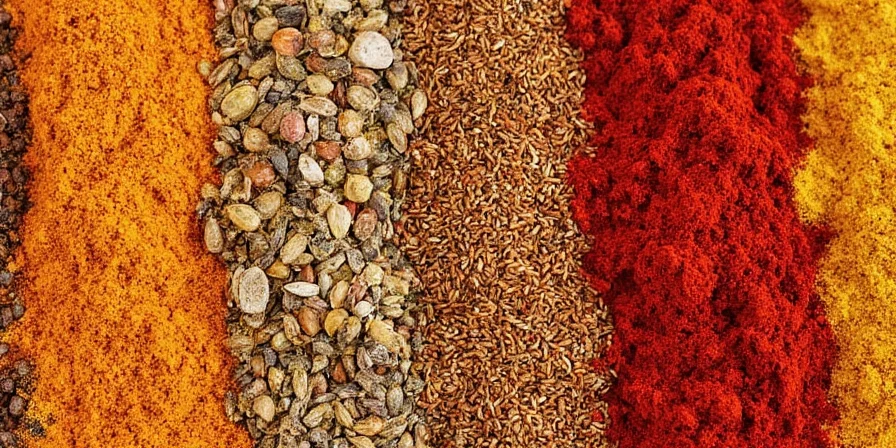
Top 7 Indian Spices You Can’t Live Without
Let’s dive into the holy trinity (and beyond) of Indian spices:
- Turmeric: The golden healer.
- Cumin: Earthy and essential.
- Coriander: Fresh in seed form, nutty when ground.
- Cardamom: The queen of fragrance.
- Mustard Seeds: They pop, crackle, and add depth.
- Fenugreek: Slightly bitter, totally indispensable.
- Chili Powder: Brings the heat, literally.

To Roast or Not to Roast? That’s the Question
Roasting spices is like turning up the volume on a speaker — suddenly, everything sounds better. Whole spices like cumin seeds, mustard seeds, and fennel really shine when dry-roasted in a pan for a minute or two before grinding or using.
Pro Tip: Don't burn them! You're looking for a toasted aroma, not smoke.
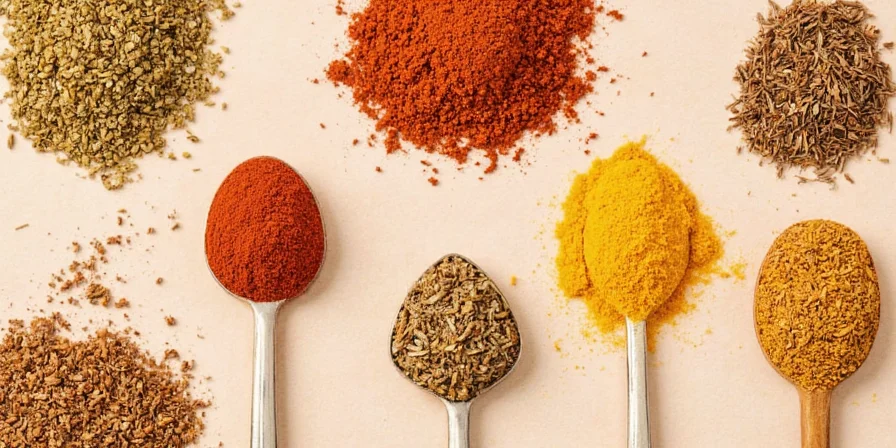
Storage Tips That’ll Keep Your Spices Fresh for Ages
- Store in airtight containers away from light and heat.
- Buy whole spices when possible; grind as needed.
- Avoid storing near the stove or oven — steam and heat reduce potency.
- Label your jars — trust us, you don’t want to mistake fenugreek for cumin in a dal.
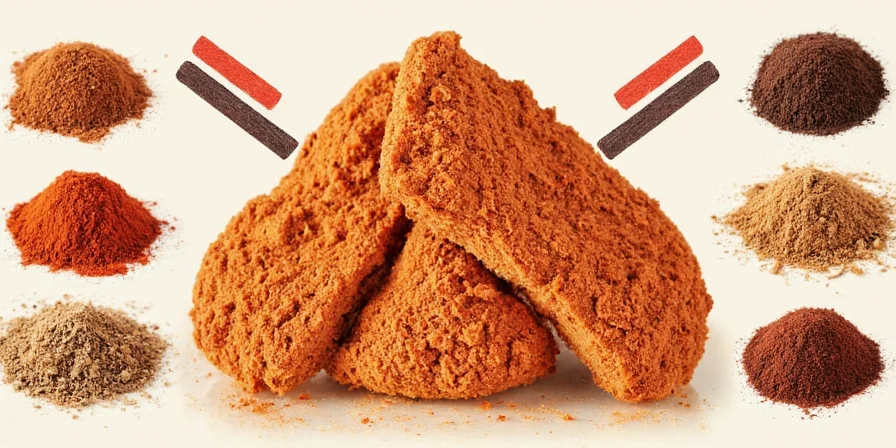
Regional Spice Variations: North vs. South India
India isn't just one flavor profile — it's a continent of them. Here's a quick breakdown:
| Region | Signature Spices | Dishes |
|---|---|---|
| North India | Garam masala, dried red chilies, cloves | Biryani, Butter Chicken |
| South India | Black pepper, curry leaves, mustard seeds | Dosa, Sambar, Rasam |
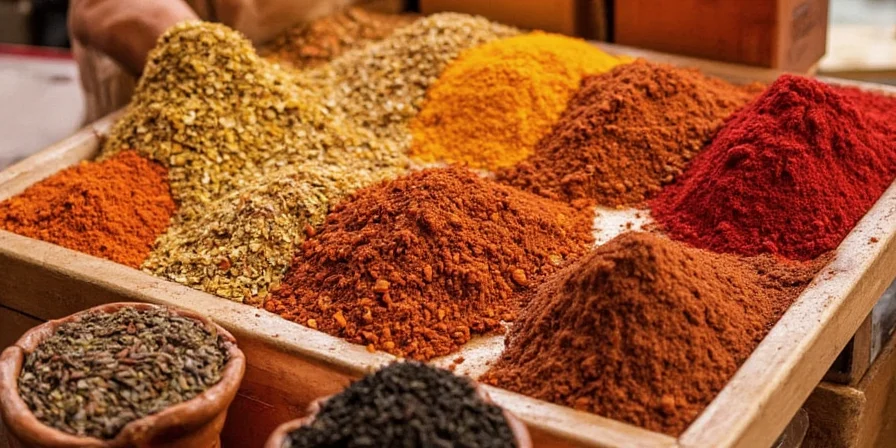
Secrets Behind Popular Indian Spice Blends
Indian cuisine is full of secret blends — each family has its own version passed down through generations. Here are a few well-known ones:
- Garam Masala: A warm mix of cardamom, cinnamon, cloves, and black pepper. Used at the end for extra fragrance.
- Panch Phoron: A five-spice blend from Bengal — equal parts nigella, cumin, fennel, fenugreek, and mustard seeds.
- Sambar Powder: From South India, used to give sambar its signature earthy, spicy kick.
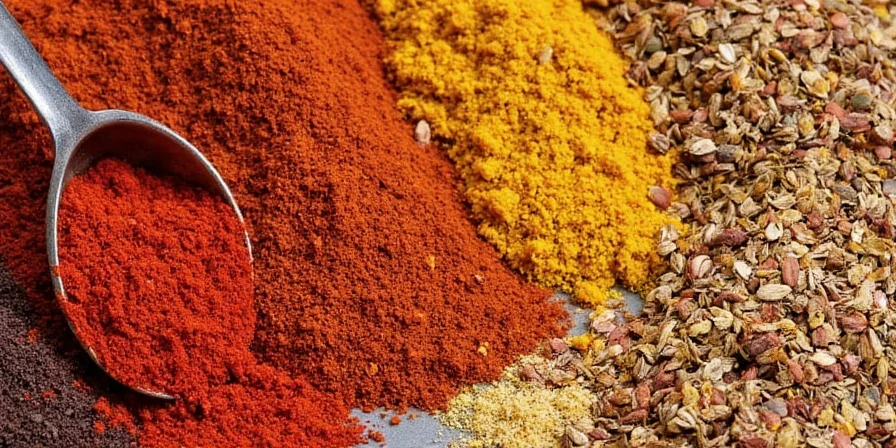
Health Benefits Hidden in Every Pinch
Did you know many Indian spices are packed with antioxidants, anti-inflammatory agents, and digestive aids?
- Turmeric contains curcumin — a powerful anti-inflammatory.
- Cumin helps with digestion and may aid iron absorption.
- Cardamom freshens breath and supports heart health.
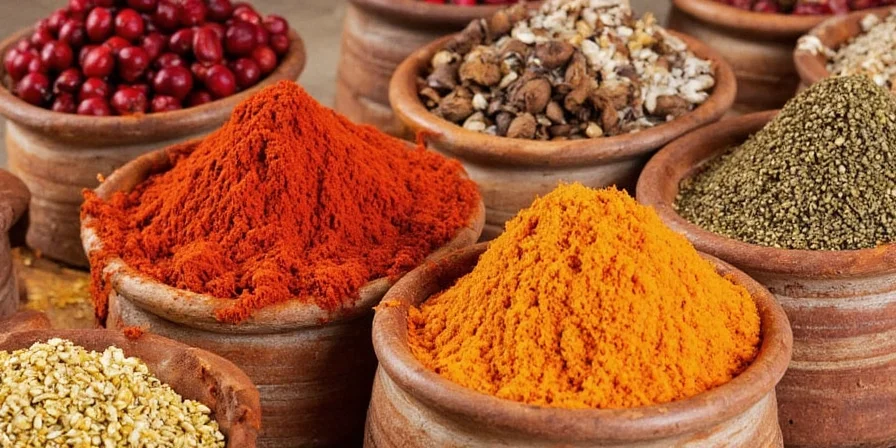
Visual Comparison Table: Whole vs. Ground Spices
| Spice | Whole Form | Ground Form | Best For |
|---|---|---|---|
| Cumin | Cumin seeds | Ground cumin | Rubbing meats or tempering oil |
| Coriander | Coriander seeds | Coriander powder | Curries, chutneys |
| Fenugreek | Fenugreek seeds | Fenugreek powder | Masalas, pickles |
Common Mistakes People Make with Indian Spices
We’ve all been there — adding too much chili powder or forgetting the garam masala until it’s too late. Here are some rookie moves (and how to avoid them):
- Adding all spices at once instead of layering flavors.
- Using stale spices — yes, they expire.
- Over-toasting spices — burnt = bitter.
- Not balancing flavors — use salt, acid, and fat wisely.
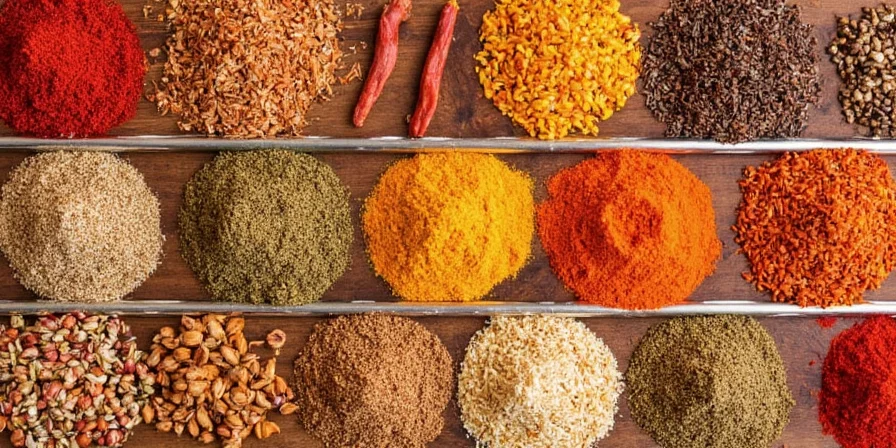
Conclusion: Spice Up Your Life (Literally)
Indian food spices are more than just ingredients — they’re a celebration of culture, tradition, and flavor. Whether you're making a simple dal or a complex biryani, mastering these spices can truly elevate your cooking game.
So go ahead — dust off those spice jars, roast those seeds, and savor every aromatic moment. Because life without spice? Well, that’s just bland.

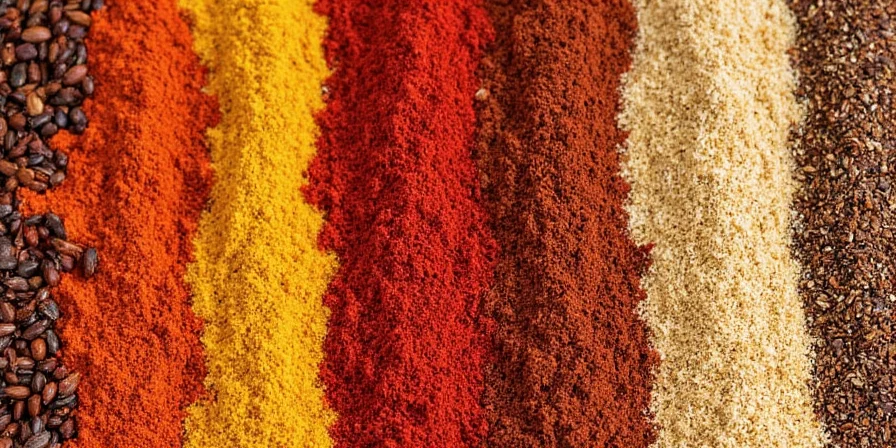









 浙公网安备
33010002000092号
浙公网安备
33010002000092号 浙B2-20120091-4
浙B2-20120091-4